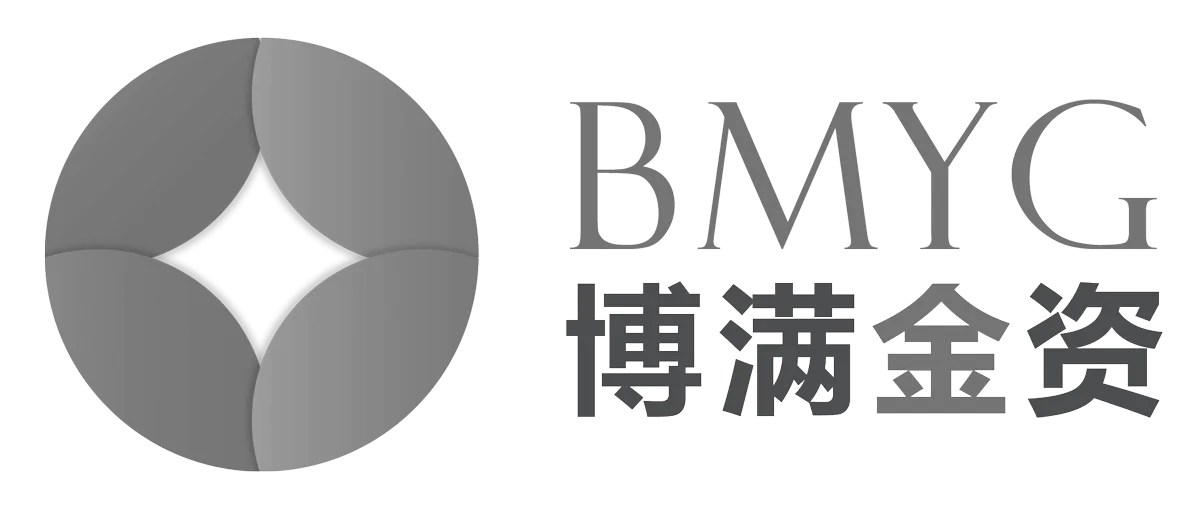News and Announcements

Kiwi company’s game changing solution to flights being delayed or cancelled due to fog
- Published April 13, 2022 12:00AM UTC
- Publisher Wholesale Investor
- Categories Company Updates
If your flight has ever been delayed or cancelled due to poor visibility, you might have wondered if there’s a solution to runway fog.
Well, Christchurch-based Pyper Vision say they have cracked it.
Using a 2-metre drone they can disperse an environmentally-friendly powder to soak up fog and clear the airfield’s final approach in as little as 10 minutes.
The team has now joined the Government’s Airspace Integration Trials Programme (AITP) to further develop the system, which could be a game changer for the airline industry.
According to the MetService, fog is created by microscopic water droplets which “scatter any light that passes through or past them”, meaning objects become harder to see.
This can be particularly problematic for aircraft. Just this week more than 100 flights were cancelled in and out of Wellington due to thick fog.
But as well as being frustrating for passengers, the disruption is costly and impacts on the environment, as diverted flights often mean more fuel.
Pyper Vision’s solution is to fly a drone (or Remotely Piloted Aircraft) and release their specially developed power to absorb the moisture and clear the runway of fog.
The startup was founded by chief executive Emily Blythe. Her dad is a pilot and her mum is an air traffic controller at Christchurch International Airport.
Blythe is a student pilot, having taken lessons since she was 12, and said there have been many occasions when her flights were grounded due to fog.
“A lot of my lessons in the early days were disrupted by fog and I just wanted to see a solution,” she said.
To tackle the problem she and the team set about developing both the absorbent and the dispersal method.
“The absorbent has a number of other uses in different environments, but we’ve taken it through our own process to get it to a point where it can be applied to fog, be effective and doesn’t leave any residue behind,” she said.
Blythe described the absorbent as a “really fine powder”, which requires only 0.2 grams per metre squared.
“You can’t see, touch, feel or detect it when it’s dispersed,” she said.
“We wanted to develop an environmentally-friendly absorbent, so it was critical there was zero-residue detectable at all times.”
The team also had to figure out a distribution method and decided on the DJI T20 Argras drone, which is commonly used in agriculture.
Purchased “off the shelf”, it was then adapted to ensure an even distribution of the powder.
It is 2m wide, weighs about 30kg and can carry a 20kg payload, said Blythe.
“We’ve completed over 200 tests over the last five years and we have got to a point where we can reliably clear radiation fog, where it forms from the ground-up.”
Pyper Vision aims to test and use its technology in airports throughout New Zealand, but it had a few issues to navigate before being given the green light.
The Civil Aviation Authority (CAA) has strict rules about drone use.
“You must be able to see your unmanned aircraft with your own eyes at all times” and you cannot fly it “behind objects or through or above fog and cloud,” the CAA states.
Pyper Vison’s method technically breaches the regulations, but they have obtained “special approval”, said Blythe, who attended Rangi Ruru Girls’ School and Darfield High School.
“That’s where the Airspace Integration Trials Programme (AITP) comes in. For us, it’s been absolutely key.”
“To get to market we need a really strong relationship with the regulator, where they can see us testing different technologies in a safe environment in order to prove and demonstrate the operational side of it.”
Company Updates
Backed By Leading Investment Groups and Family Offices







